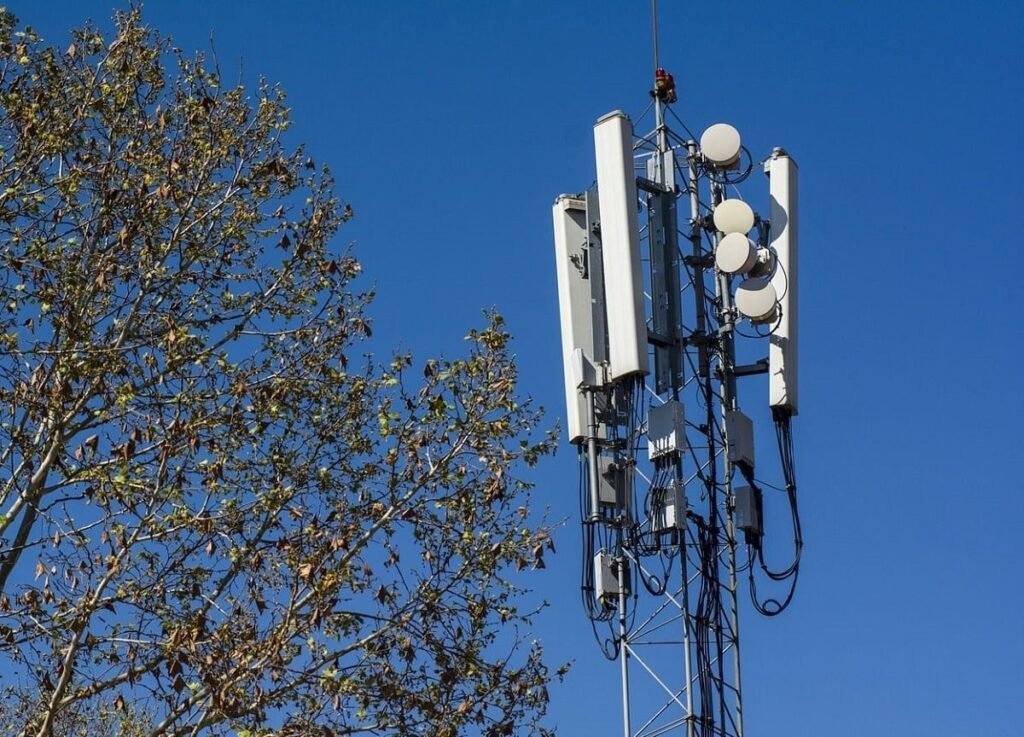The Wireless Monitoring Organisation (WMO), a branch of the DoT, released new guidelines on February 27. As per the guidelines, if a telecommunications company files a complaint regarding the usage of illegal mobile signal equipment in a particular location, the WMO will inspect the site in the presence of a representative from the telecom company and local police. Following the inspection, an infringement intimation letter (IIL) will be issued to the user of such equipment, directing them to remove it.
The Department of Telecommunications (DoT) in India has been making strides in the effort to remove illegal mobile signal gear across the country. In a recent move, the DoT has announced that it will be cracking down on the use of unauthorized wireless equipment used by individuals and organizations to boost mobile signals.
The move comes as a response to numerous complaints of poor mobile network coverage in various parts of the country. The use of illegal mobile signal gear not only interferes with licensed mobile networks but also poses a significant threat to national security.
According to a senior DoT official, the use of unauthorized wireless equipment is a violation of the Indian Wireless Telegraph Act, 1933, and the Indian Telegraph Act, 1885. The DoT has already issued notices to several organizations and individuals for using illegal wireless equipment and has started taking action against them.
The DoT has also urged the public to report any such illegal use of wireless equipment to the authorities. The department has set up a dedicated helpline for this purpose and has also made available an online complaint form on its official website.
The DoT’s move to crack down on the use of illegal mobile signal gear has been widely welcomed by the industry. Telecom operators have been struggling to provide uninterrupted mobile network coverage due to the interference caused by unauthorized wireless equipment. This has also impacted the quality of mobile services and has led to an increase in call drops and network congestion.
In addition to the impact on mobile services, the use of illegal mobile signal gear also poses a significant security threat. Such equipment can be used by anti-social elements to carry out illegal activities, including terrorism.
The DoT has been working closely with other government agencies, including the Intelligence Bureau and the police, to identify and take action against those using illegal wireless equipment. The department has also been conducting regular inspections and raids to seize unauthorized wireless equipment.
In a recent statement, the DoT has clarified that the crackdown on illegal mobile signal gear is part of its larger effort to ensure that India’s telecom networks are secure and resilient. The department has been working to strengthen the country’s telecom infrastructure and has taken several measures to improve the quality of mobile services.
The DoT’s efforts to remove illegal mobile signal gear have been widely appreciated by industry experts. The move is expected to improve the quality of mobile services and reduce the impact of interference caused by unauthorized wireless equipment.
However, some experts have expressed concerns about the impact of the crackdown on individuals and small businesses that may be using such equipment for legitimate purposes. The DoT has clarified that it will only take action against those using such equipment without proper authorization and has urged individuals and businesses to obtain the necessary licenses before using wireless equipment.
In conclusion, the DoT’s move to remove illegal mobile signal gear is a step in the right direction. The use of unauthorized wireless equipment not only impacts the quality of mobile services but also poses a significant security threat. The department’s efforts to crack down on such equipment will help ensure that India’s telecom networks are secure and resilient, and will also improve the overall quality of mobile services in the country.
Follow TelecomByte for the latest Tech News, also keep up with us on Twitter, and Facebook.
